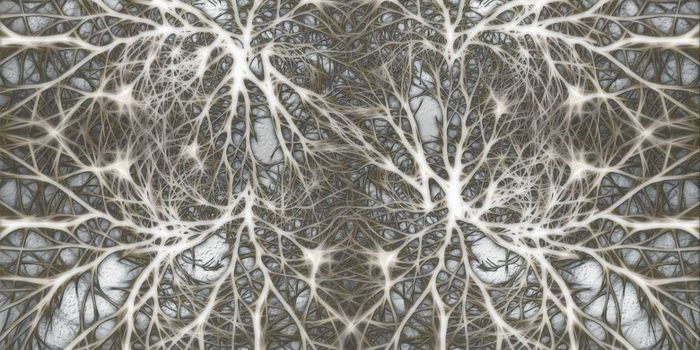Researchers Switch Fear Response 'On' and 'Off' in Mice
The fear response can be switched 'on' and 'off' in mice by targeting certain cells in the brain with pulses of light. The corresponding study was published in Nature Communications by an international team of researchers.
The fight, flight, or freeze response is a part of the body's stress response when it encounters a potential threat. The response is activated by the amygdala, an almond-shaped part of the brain. An overactive fight, flight, or freeze response, as triggered by the amygdala, has been linked to anxiety disorders and fears.
In animals, survival often depends on how quickly they can trigger their stress response to respond to a threat. Being able to associate a certain cue with a threat ahead of time means they are able to react sooner.
However, animals also need to know how to adapt to changing environments in which previously 'threatening' cues no longer correspond to threats. The process of unlearning such a fear association is called 'fear extinction'. In experiments, this may involve making animals associate a specific noise to a small electric shock and then presenting them the noise without the shock until they no longer link the two.
For some time now, scientists have known that the central part of the amygdala generates fear responses. In the present study, however, researchers have found that it also regulates the suppression of the fear response.
In this experiment, the researchers examined mice who first underwent fear training-- learning to associate a cue with a threat-- and then a fear extinction process. Throughout this period, they monitored how the mice's behavior corresponded with their brain activity.
To monitor their brain activity, they used a technique called optogenetics. This enabled them to regulate activity in certain groups of neurons in the mice's central amygdala with pulses of light. In doing so, the researchers were able to impair the suppression of fear responses in mice who had already undergone fear extinction, making them once again fearful of certain cues.
"We were surprised how strongly our targeted intervention in specific cell types of the central amygdala affected fear responses," said Stephane Ciocchi, lead author of the study. "The optogenetic silencing of these specific neurons completely abolished the suppression of fear and provoked a state of pathological fear."
The researchers say that understanding the processes behind the fear response could help develop more treatments for fear-related disorders such as anxiety. They warn, however, that further studies are needed to see whether their findings from mouse brains translate over to human brains.
Sources: Nature Communications, Psych Central, Science Daily









